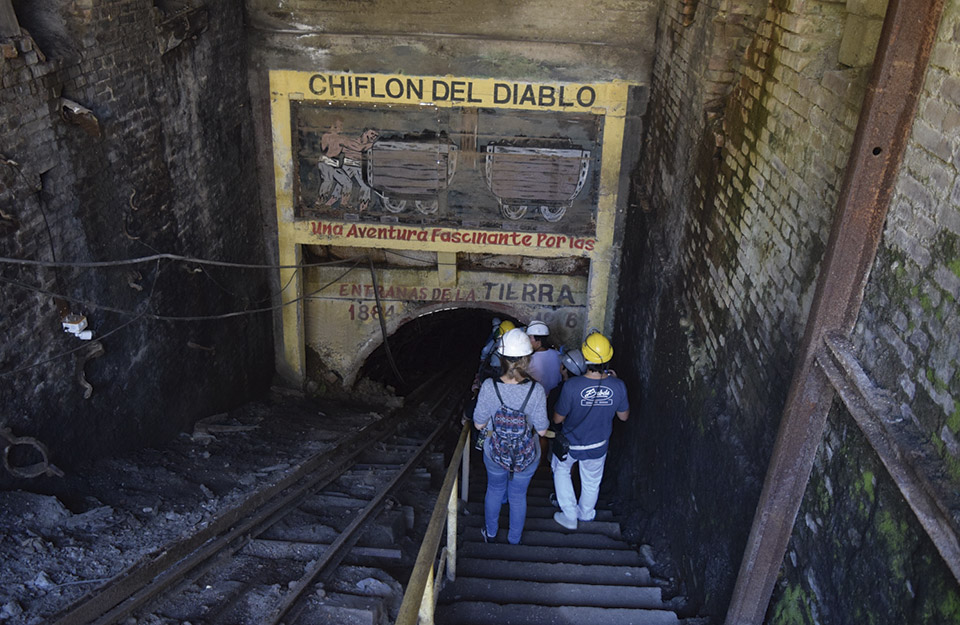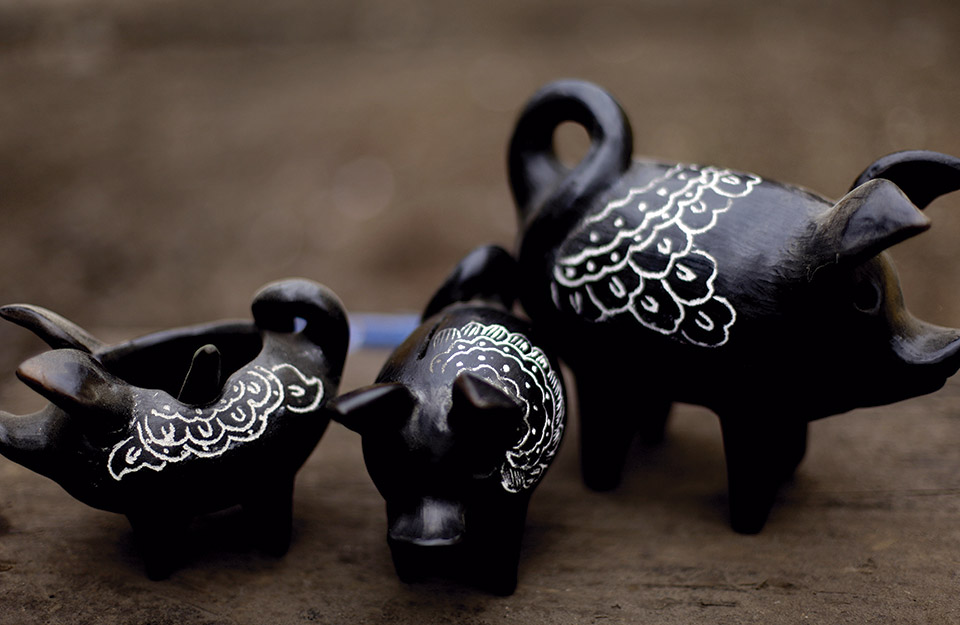
Thanks to its cultural and historical richness, Chile today has six UNESCO World Heritage Sites. But it also has another series of sites that have enough merit to join this list. On this Heritage Day, we present you a tour of the places that are being nominated for world recognition.
The historic district of Valparaíso, the churches of Chiloé or the Rapa Nui National Park are probably some of the places that come up spontaneously when talking about Chilean sites with an incomparable cultural richness. These, together with the mining town of Sewell, in the O'Higgins region; the Humberstone and Santa Laura saltpeter works, in Tarapacá; and the Qhapaq Ñan Inca trail, complete the list of six Chilean sites declared World Heritage Sites by Unesco.
However, this list could soon grow. The reason? Today Chile is nominating 3 sites to join this list of world recognition of both tangible and intangible heritage. On this heritage day, we tell you what they are.
1) Chinchorro Culture Settlements

In January 2020, the Ministry of Cultures, Arts and Heritage sent to UNESCO the file with the nomination of the Chinchorro Culture as a World Heritage Site. This is a key stage in the process that began in 1998, which seeks to include this archaeological treasure of the Arica and Parinacota region in the list of cultural sites preserved by this United Nations organization. The relevance of being declared a world heritage site is due to the fact that the place is a unique testimony of the existence of this culture that inhabited more than 7,000 years ago in the north of Chile, and that it preserves samples of the practices of artificial mummification, which are the oldest known in the world to date.
2) Quinchamalí and Santa Cruz de Cuca pottery.

In March of this year, the State, through the Ministry of Cultures, Arts and Heritage, sent the dossier to apply for the Quinchamalí and Santa Cruz de Cuca Pottery to be included in UNESCO's Urgent Safeguarding List.
This is the first time that a nomination for this list focuses on a representation of intangible heritage, which allows projecting the pottery of Quinchamalí and Santa Cruz de Cuca as intangible cultural heritage of humanity, and thus adding to the recognition that the Bailes Chinos (brotherhoods of dancing musicians devoted to the Virgin Mary) currently have by Chile.
3) Lota Mining Complex

Also this year, but in January, the Ministry of Cultures registered the Lota complex in the tentative list to enter the Unesco list as a World Heritage Site, which is the first formal step before officially nominating it. The United Nations agency declared that the mining complex includes components conceived and created by human beings, which show the evolution of an industry that was fundamental for the global economic, social and cultural development between the 19th and 20th centuries. The Complex consists of the Chiflón del Diablo Mine, the Isidora Cousiño Park, the Chivilingo Hydroelectric Plant and the Chambeque sector.
We invite you to learn about the more than 1,800 virtual and in-person activities prepared for this heritage day at https://www.diadelpatrimonio.cl/.




